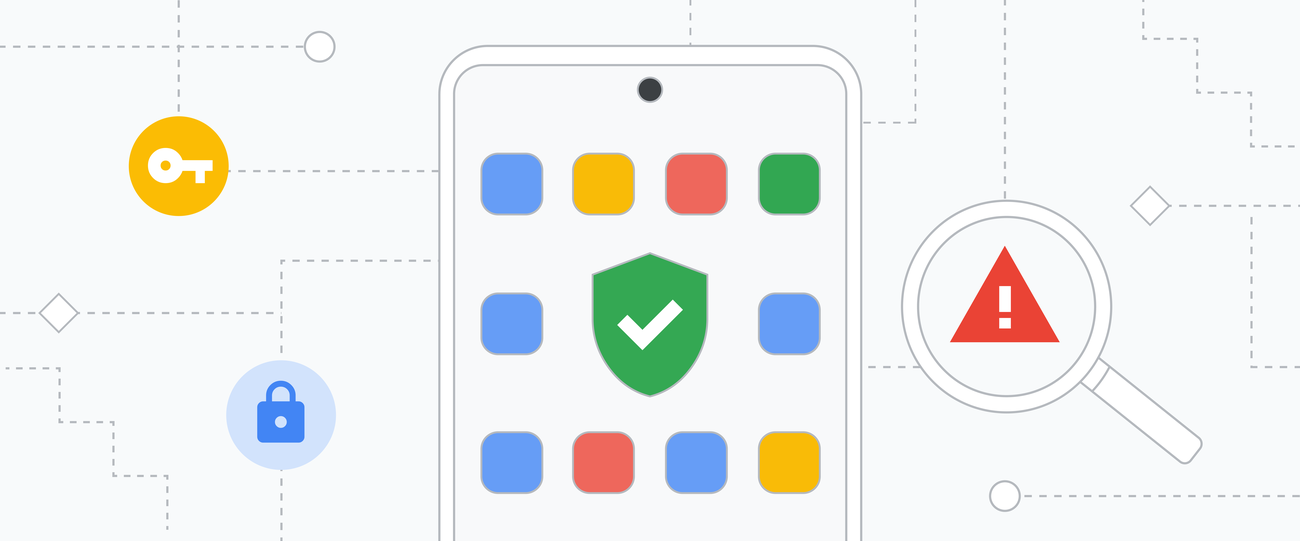
As more people use their devices for mobile banking and money management, fraudsters and criminals are increasingly using malicious apps to steal money or account information.
Scammers often send phishing messages trying to get you to download a fraudulent app that’s designed to get your financial credentials, either through surveillance or by acting like a legitimate app. These phishing messages may appear to come from a well-known company, like a bank or a delivery service, and require urgent action to resolve an issue quickly. These types of scams affect people all over the world and have grown rapidly in recent years across all mobile operating systems.
Android’s built-in security protections
Android has always offered the ability to download apps from many different sources. And we’ve built in multiple layers of protections and warnings to help you stay safe and make informed choices when downloading apps outside of established app stores.
To celebrate International Fraud Awareness Week, here’s a look at our multi-layered app safety defenses and a reminder of how to use them in your daily life to stay protected.
- Phone by Google: Phone helps protect against voice phishing and scams with built-in caller ID, spam protection and Call Screen. We will block dangerous calls or warn you about suspicious callers, who may be trying to trick you into downloading an app or sharing sensitive information. If you see a warning, think twice before answering. With Call Screen on Pixel phones, Google Assistant can even answer unknown numbers and find out who’s calling and why – so you can decide whether to pick up.
- Messages by Google and Gmail: We use AI to spot suspicious messages by assessing the reputation of the sender, looking for known patterns and dangerous links. We will automatically block messages or flag them clearly with a warning. If you see a flagged message, proceed with caution especially before clicking on links and attachments.
- Google Safe Browsing: Safe Browsing provides more protection in cases where a link may have looked legitimate. We’ll warn you if it looks like the site is dangerous and is attempting to phish your credentials. Use the warning to click on the “Go back to safety” option to avoid a bad site.
Website: LINK


